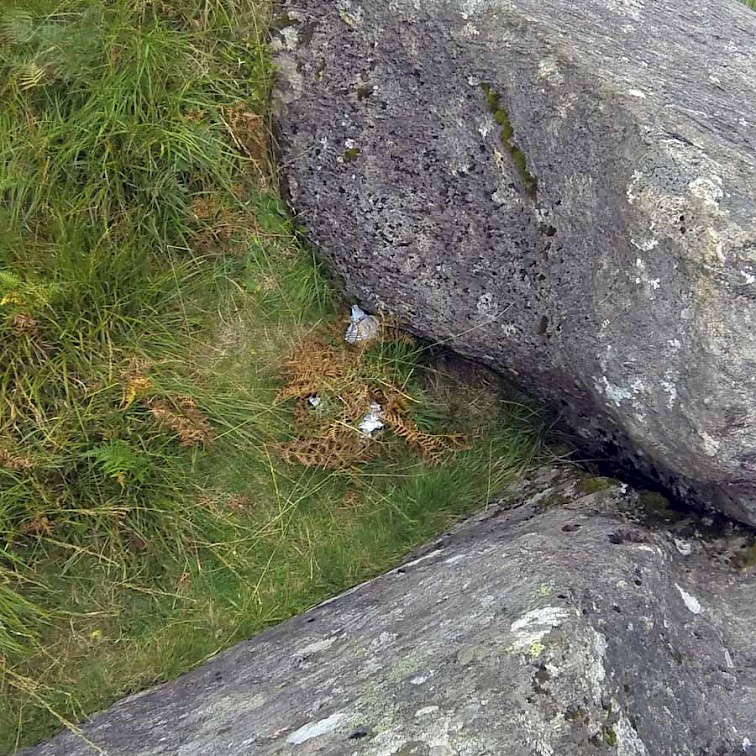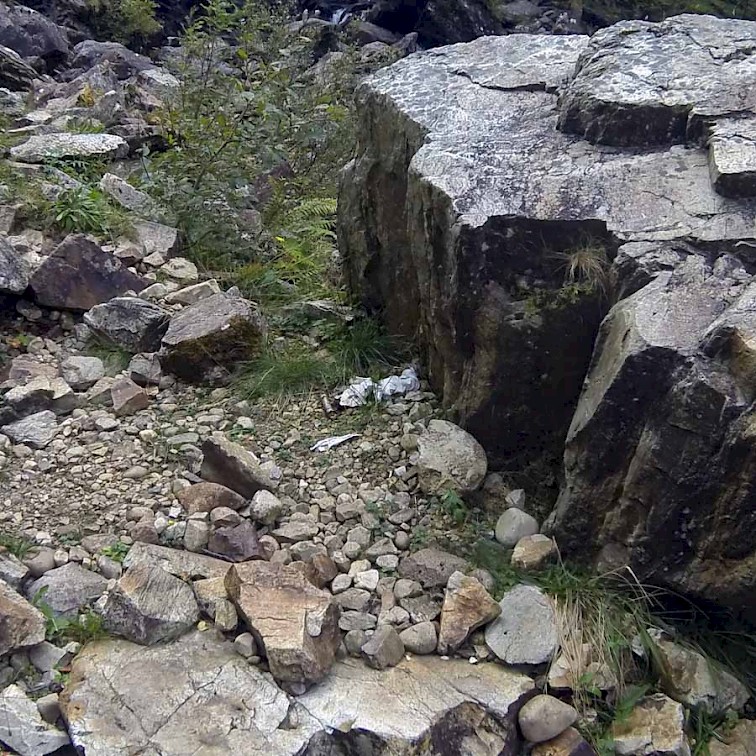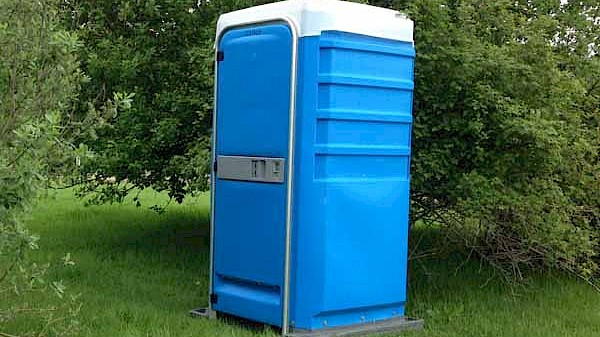This article covers themes and includes images that some readers may find distressing, distasteful and downright disgusting. For somebody who has enjoyed the outdoors and associated activities for many years the theme is entirely justified. This is especially true when considering that adhering to the apparent taboo surrounding personal sanitation in the outdoors is at the root of most problems surrounding the topic.
From this point onward - you have been warned.
Let's face it, we have all at least heard about a wild poo at some point. Most of us will have even thought about it at one point or another and if you're a wild camper like me you almost certainly will have carried out the carefully calculated and planned mission that is taking a dump in the wild. Last year my best friend and I decided to tackle some Scottish countryside and head into the Glen Nevis. Aside from the usual litter strewn peak of Ben Nevis and the surrounding "pony" paths what really shocked me was the amount of human waste we encountered.
As a climber I have long stopped entering caves or hollows in popular climbing destinations due to their common misuse as urination spots. However, finding solid human waste mere meters from a very popular footpath not just once but in total three times is (pardon the pun and language) taking the piss. Not only was the waste visible due to the presence of tissue paper, on two occasions we could clearly smell it from the path. The specific path in question was the popular path at the back of Glen Nevis heading towards the An Steall waterfall. A popular day out for casual visitors, those challenging the Ring of Steall and long distance hikers.
But rather than describing in great detail the various inconsiderate defecation locations pictures say more than a thousand words - if you're squeamish or eating I would advise you to skip over these.
Skip this section



Safe to continue
So why do we know this was human waste and not animal droppings so commonly found in the outdoors? Firstly animals in general do not use tissue to wipe their backsides after finishing. If I am misinformed on this matter then please do educate me. Secondly animals don't tend to try and cover up their business. Thirdly, and most disgustingly, human waste does have a rather distinctive smell and appearance.
Rather than just ranting about the thoughtlessness and lack of consideration of others let us look at the problem and ultimately how to avoid it or even solve it. The obvious "go before you go" advice that applies in everyday life still applies in the outdoors. Most people will have toilet facilities at their campsite, hostel, b&b, hotel, etc - use them. The few of us who enjoy wild camping have hopefully thought carefully about sanitation issues before setting out in the first place. In case you haven't this is your chance to catch up and educate yourself.
The basics:
- At least 30-50m from any path, road, track or indeed any spot that people pass regularly
- At least 30-50m from any body of water or water course including dried out stream beds or other areas that might hold water at times
- Never EVER cover your raw faeces with a rock to "hide" them
- ALWAYS dig down deep (at least 15cm/6in) or carry out
- ALWAYS burn your tissue or carry it out - burry it if you absolutely have to, but do not plan on this
All of these rules apply with the exception of one. There are areas where digging down is impossible or strongly discouraged in which case you should plan to carry out your waste. On the Cairngorm upland plateau the damage to the vegetation from digging a hole would take a long time to grow over, so here you should "hold it in" or carry out. If you are caught short you can spread your faeces as thinly as possible to aid quick decomposition on a well ventilated and exposed area. This is an absolute exception and nobody should ever plan to do this in the UK for the sake of our environment and other users. Spreading your faeces is very different to covering them with a big rock - the big rock hinders the decomposition.
Talking about rocks - if you are caught out without a trowel or other suitable digging utensil you can always improvise. Using a large, reasonably flat rock means "digging" down slightly deeper than usual as there is no nice top cover left to cover up the hole, but at least it was buried and taken care of. Covering your refilled and covered hole with a rock is a good idea as it "marks the spot" and also discourages animals from digging. I would suggest you don't dig too close to rocks in the more popular wild camping spots around.
If you are planning on carrying out your waste make sure you have fully thought through how you are going to collect, store and dispose of your business. The hygiene risks associated with this method can easily outweigh the benefits to the mountain environment. In some areas like the Cairngorms there are established schemes - make sure you check local arrangements beforehand.
In any case the problem with human waste is the potential to carry diseases, the attraction to animals such as dogs, foxes and others as well as generally introducing unusual nutrients and material into what already is a sensitive environment. This is in addition to the obvious problem of smelling and seeing it in the first place. Many people don't realise how fragile our upland and moorland countryside is, an intrinsically and delicately balanced environment where minor disturbances today can still have effects in many years to come. So please, for the sake of all of us enjoying the countryside - know how and where to take a dump in the wild if you cannot avoid it altogether.
If you want any more information the MCofS has issued a concise leaflet on the issue. I'd also encourage you to check out Backpacking TV's video on "How to poop in the woods" including some great tips on possible techniques, in case the classic squat is not good enough for you.


Leave a comment